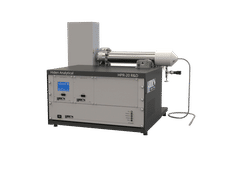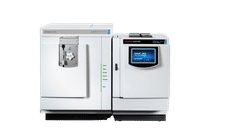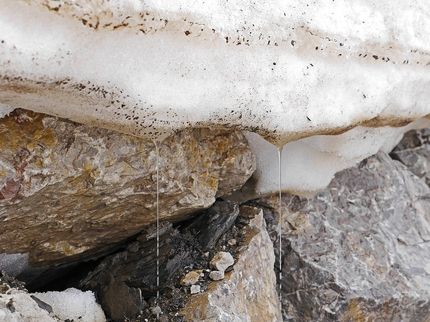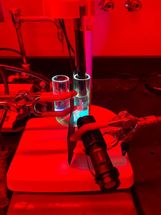Thermo Fisher Scientific Announces New Method for Low Level Detection of Volatile Nitrosamines in Tobacco
Thermo Fisher Scientific Inc. announced a new comprehensive method that uses triple quadrupole GC-MS/MS to achieve lower levels of detection of volatile nitrosamines (VNA) in tobacco. The new method allows environmental laboratories, tobacco companies and government agencies to efficiently separate VNAs while lowering detection limits, increasing specificity and enabling the analysis of many other contaminants in tobacco, including pesticides. The new method is detailed in an application note entitled “Lower Detection Limits of Volatile Nitrosamines in Tobacco by Triple Quadrupole GC-MS/MS,”.
Volatile nitrosamines are a class of compounds that can form in tobacco smoke, as well as during the curing and processing of tobacco. These compounds have been proven to have adverse effects on human health; and two of the VNAs found in tobacco, N-nitrosodiethylamine (NDEA) and N-nitrosodimethylamine (NDMA), are classed as known human carcinogens by regulatory authorities. As a result, these compounds must be thoroughly monitored in order to safeguard human health and comply with increasingly stringent regulations.
The new Thermo Fisher method is a powerful alternative to other traditionally used techniques. By coupling a gas chromatograph to a triple quadrupole mass spectrometer, the new method makes detection limits of 1ng/mL achievable, enabling users to satisfy the increasingly lower detection limits required by governments and regulatory bodies. The method also increases contaminant specificity within a classification and allows many other organic contaminants and chemicals in tobacco to be analyzed simultaneously, including pesticides.
The new method includes GC-MS/MS analysis on the Thermo Scientific TSQ Quantum XLS triple quadrupole GC-MS/MS system using timed selected reaction monitoring (t-SRM). This unique feature enables easy method set-up and allows users to run samples while the instrument automatically determines the optimal time for SRM parameters.
Organizations
Other news from the department research and development
These products might interest you

QGA 2.0 by Hiden Analytical
Next generation quantitative gas analysis system
Lighter, more user-friendly, environmentally considerate and packed with powerful features

HPR-20 R&D by Hiden Analytical
A specialist benchtop triple filter mass spectrometer for the monitoring of evolved gases & vapours
Providing improved resolution & abundance sensitivity with an ultimate detection limit of 5 ppb sub

iCAP TQ Triple Quadrupole ICP-MS by Thermo Fisher Scientific
Overcome unexpected interferences, reduce detection limits and improve data quality
Ultralow limits of detection with simplicity - even for the most challenging analytical applications

iCAP RQ single Quadrupole ICP-MS by Thermo Fisher Scientific
Robust ICP-MS with ease of use and high productivity for routine analysis
A complete multi-element analysis solution for your high-throughput routine laboratory

ISQ 7610 by Thermo Fisher Scientific
Revolutionary GC/MS: Optimized for uninterrupted operation and helium savings
Change columns and sources without interrupting the vacuum and save up to 80 % helium

Get the chemical industry in your inbox
By submitting this form you agree that LUMITOS AG will send you the newsletter(s) selected above by email. Your data will not be passed on to third parties. Your data will be stored and processed in accordance with our data protection regulations. LUMITOS may contact you by email for the purpose of advertising or market and opinion surveys. You can revoke your consent at any time without giving reasons to LUMITOS AG, Ernst-Augustin-Str. 2, 12489 Berlin, Germany or by e-mail at revoke@lumitos.com with effect for the future. In addition, each email contains a link to unsubscribe from the corresponding newsletter.
Most read news
More news from our other portals
See the theme worlds for related content
Topic World Mass Spectrometry
Mass spectrometry enables us to detect and identify molecules and reveal their structure. Whether in chemistry, biochemistry or forensics - mass spectrometry opens up unexpected insights into the composition of our world. Immerse yourself in the fascinating world of mass spectrometry!

Topic World Mass Spectrometry
Mass spectrometry enables us to detect and identify molecules and reveal their structure. Whether in chemistry, biochemistry or forensics - mass spectrometry opens up unexpected insights into the composition of our world. Immerse yourself in the fascinating world of mass spectrometry!




























































